1. Vaquita

Wikimedia Commons
The vaquita, a small porpoise found in the northern part of the Gulf of California, is one of the most endangered marine mammals on the planet. With fewer than 10 individuals estimated to remain, the vaquita is perilously close to extinction. They face the threat of becoming entangled in gillnets used for illegal fishing, particularly for another endangered species, the totoaba fish. These nets can trap vaquitas, often leading to their deaths. Conservation efforts have been underway for years, but the species has failed to recover due to ongoing illegal fishing activities and insufficient enforcement. If immediate action is not taken, this quiet, elusive creature could vanish forever in our lifetime, leaving a hole in the biodiversity of marine ecosystems.
2. Spix’s Macaw (The “Blue Macaw”)
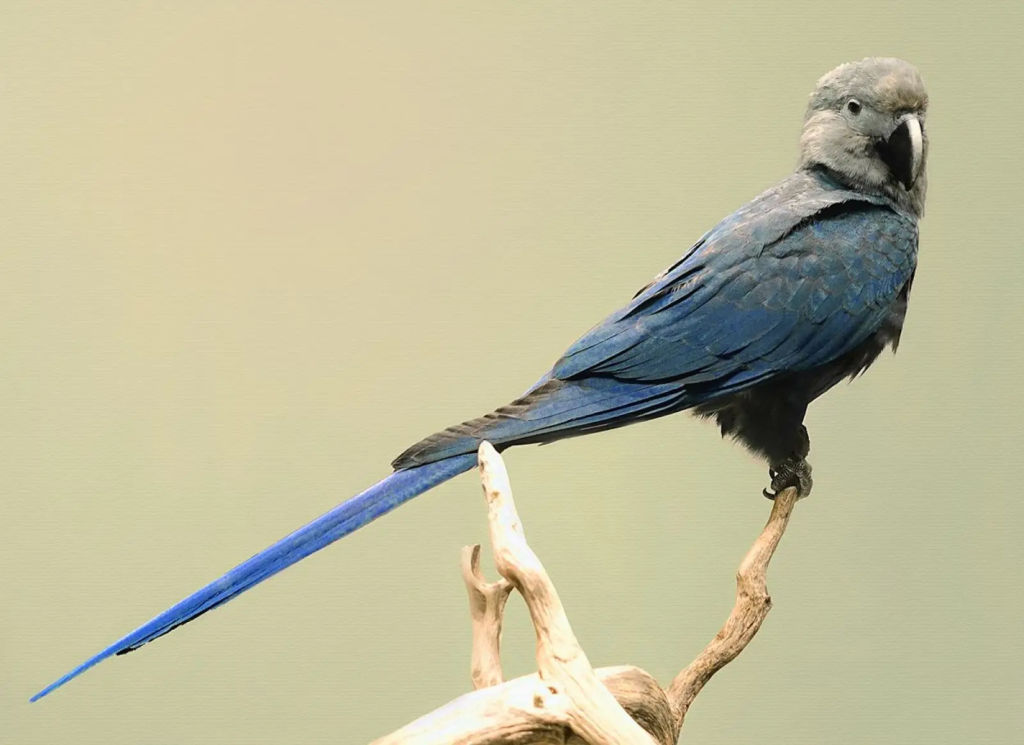
Animalia
Once the symbol of Brazil’s birdlife, Spix’s macaw, also known as the “blue macaw,” faced near extinction due to habitat destruction, illegal trapping, and trade. In the 1980s, they were considered extinct in the wild, with only a few birds in captivity. Thanks to a dedicated breeding and reintroduction program, these macaws have been brought back from the brink. However, their future is still precarious, as they struggle to repopulate their natural habitat and face threats from deforestation and poaching. Efforts to reintroduce the species into the wild are ongoing, but the blue macaw’s survival remains uncertain. Without continued protection and sustainable habitat management, Spix’s macaw could once again disappear forever within our lifetime.
3. Sumatran Orangutan
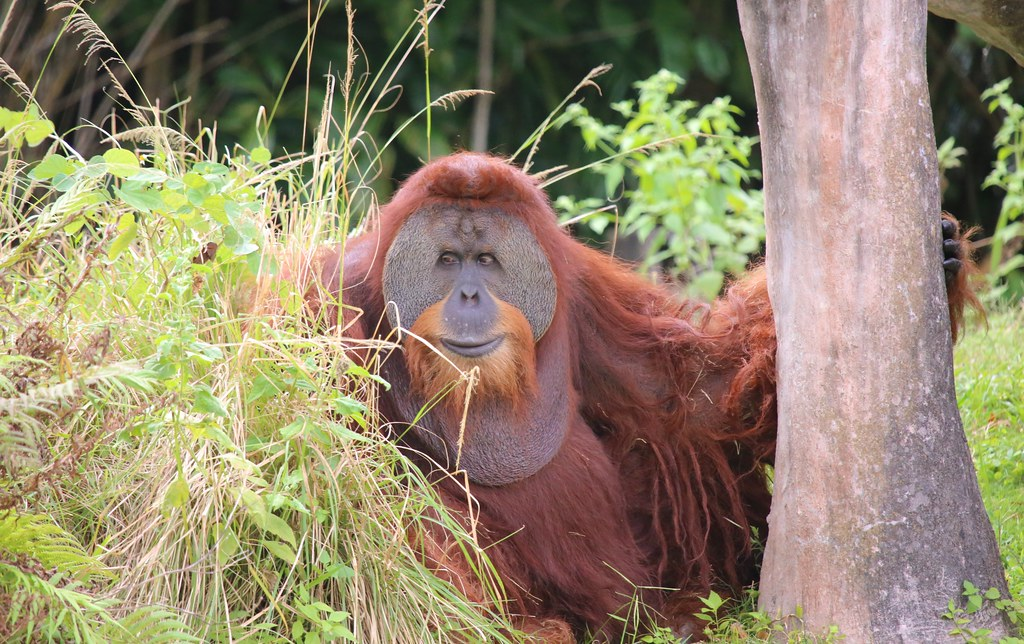
Flickr
The Sumatran orangutan, native to the island of Sumatra in Indonesia, is critically endangered with fewer than 14,000 individuals left in the wild. These intelligent, gentle primates are being driven to extinction by habitat loss due to deforestation, palm oil plantations, and illegal logging. As their forests shrink, the orangutans face increasing difficulty finding food and shelter, and many are killed by poachers or displaced from their homes. The Sumatran orangutan is also threatened by hunting and illegal pet trade. Conservation efforts to protect their remaining habitat are critical, but the rate of deforestation continues to outpace recovery efforts. If current trends continue, this species could become extinct in the wild within our lifetime.
4. Pangolin

Animalia
Pangolins, the most trafficked mammals in the world, are facing extreme pressure from poaching and illegal trade. These nocturnal, scaly anteater-like creatures are highly sought after for their meat and scales, which are believed to have medicinal properties in some cultures. Unfortunately, this has led to massive declines in their population across Asia and Africa. There are eight species of pangolin, four in Asia and four in Africa, and all of them are now classified as vulnerable or endangered. Habitat loss also threatens their survival, and without significant interventions, pangolins are at risk of disappearing from the planet in the coming years. The fight to save them continues, but the stakes are incredibly high.
5. Amur Leopard

Animalia
The Amur leopard, a critically endangered big cat found in the temperate forests of the Russian Far East and northeastern China, is one of the rarest and most elusive big cats in the world. With fewer than 100 individuals left in the wild, the Amur leopard is at a critical juncture. Its population is threatened by poaching, habitat loss due to logging, and human-wildlife conflict, as well as the illegal wildlife trade. The leopard’s ability to survive in such a harsh environment is remarkable, but unless immediate action is taken, this majestic creature could vanish from the wild within our lifetime. Conservation programs are working to protect the Amur leopard’s remaining habitat and reduce human threats, but the situation is dire.
6. Red Panda
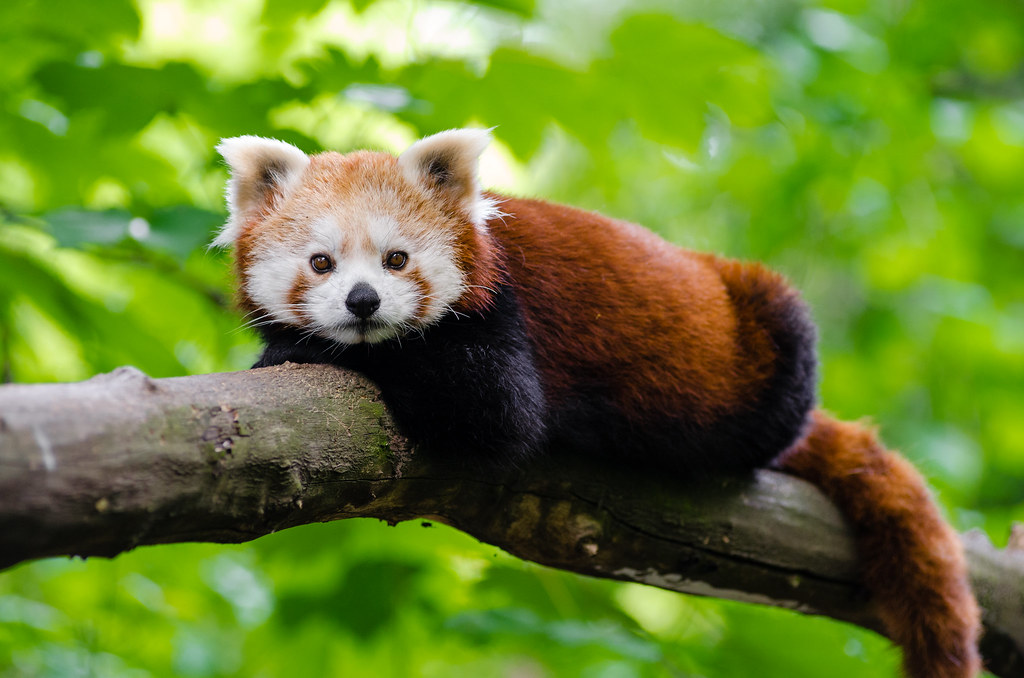
Flickr
The red panda, an adorable yet endangered species native to the Himalayan mountains and parts of China, has seen its population steadily decline due to habitat loss, poaching, and the effects of climate change. These small, tree-dwelling mammals rely on bamboo forests for food and shelter, but these forests are rapidly disappearing due to human encroachment and deforestation. With fewer than 10,000 individuals left in the wild, red pandas face an uncertain future. Conservation efforts are underway to protect their habitat and raise awareness about the importance of preserving this unique species. Without continued support, red pandas may become a distant memory for future generations.
7. Saola
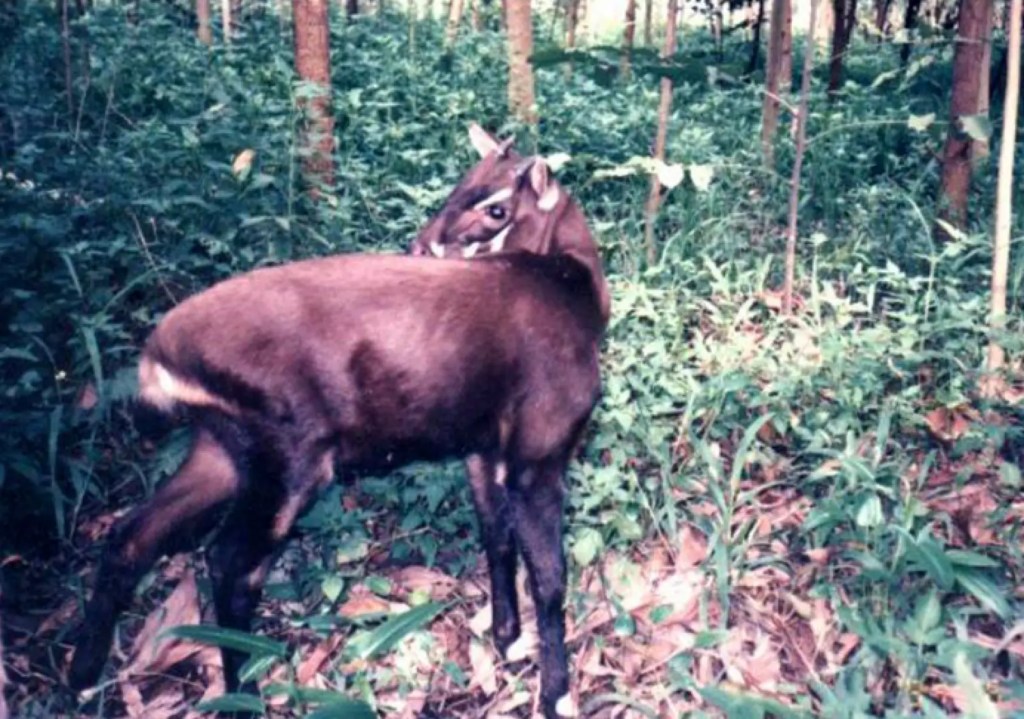
Animalia
Often referred to as the “Asian unicorn,” the saola is one of the rarest and most elusive animals on Earth. Discovered in 1992, it’s believed to inhabit the Annamite Mountains along the border between Laos and Vietnam. Despite several efforts to locate this mysterious creature, very little is known about its population size, making it one of the most enigmatic species on the planet. The saola’s habitat is under threat from logging and human settlement, and the species is believed to be highly sensitive to disturbance. Conservationists are working hard to locate and protect the saola, but its future remains uncertain. This critically endangered species could vanish before we truly understand it.
8. Javan Rhino

FMT
The Javan rhinoceros, one of the rarest animals on earth, is critically endangered, with fewer than 75 individuals left in the wild. Found exclusively in Indonesia’s Ujung Kulon National Park, this species has faced severe habitat loss due to human encroachment and poaching for their horns. The Javan rhino once roamed across Southeast Asia, but today its habitat is confined to a small stretch of land that is vulnerable to natural disasters like tsunamis and volcanic eruptions. Despite strict protection efforts, the species’ future remains uncertain due to their extremely limited population size and the threats they face. Conservationists are working hard to protect them, but the Javan rhino is on the edge of extinction, and we could lose this majestic creature in our lifetime.
9. Yangtze Giant Softshell Turtle
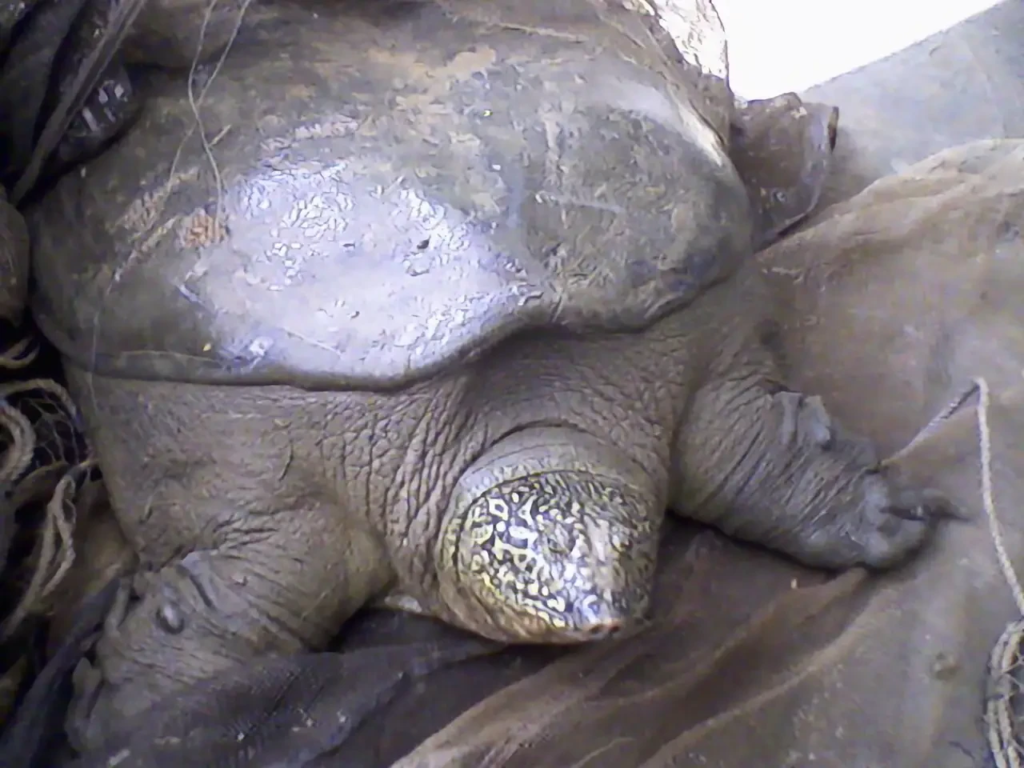
Animalia
The Yangtze giant softshell turtle is considered one of the world’s rarest species, with only three known individuals left, one of which is in a Chinese zoo, and two in Vietnam. These turtles were once widespread in China’s Yangtze River basin but have been pushed to the brink of extinction due to habitat destruction, overharvesting, and pollution. This species of turtle is unique for its soft, leathery shell, unlike the hard shells of most other turtles. In recent years, conservationists have worked tirelessly to attempt breeding programs to save this turtle from extinction, but the species’ numbers remain critically low. With such a small population and limited genetic diversity, the Yangtze giant softshell turtle could disappear in our lifetime if efforts fail.
10. Arctic Fox

Animalia
The Arctic fox, with its thick white fur and ability to adapt to some of the coldest climates on earth, is facing significant threats from climate change. As the Arctic warms at twice the global average rate, these foxes are being displaced from their natural habitat by the encroaching red fox, which thrives in warmer temperatures. This competition for resources, along with habitat loss, puts the Arctic fox’s survival at risk. Additionally, the melting of sea ice and changes in food availability could further threaten their population. While the Arctic fox is currently listed as least concern, climate change poses a severe long-term threat to their survival, making them vulnerable to extinction within our lifetime.
11. Snow Leopard

Animalia
Snow leopards, known for their elusive nature and stunning spotted coats, have long been a symbol of the rugged mountains of Central Asia. However, these big cats face numerous threats, including poaching for their beautiful fur, retaliation killings by herders, and habitat loss due to human encroachment. With an estimated population of fewer than 7,000 individuals left in the wild, snow leopards are classified as vulnerable. Despite conservation efforts, their remote and rugged habitat makes monitoring and protecting them challenging. If the pressures of poaching and habitat destruction continue, the snow leopard could disappear in our lifetime, leaving behind only a memory of one of the world’s most majestic big cats.
12. Kakapo

Animalia
The kakapo, a flightless parrot native to New Zealand, was once thought to be extinct until a small population was rediscovered in the 1970s. Despite intensive conservation efforts, the kakapo remains critically endangered with fewer than 250 individuals remaining. Its limited population is further threatened by predation from introduced species like rats, stoats, and cats, which have devastated their numbers. The kakapo’s reproductive rate is also incredibly low, and as a result, the species is struggling to recover. This nocturnal, ground-dwelling parrot is a national treasure, but unless drastic action is taken, the kakapo could vanish from the planet in the very near future.
13. Bornean Pygmy Elephant
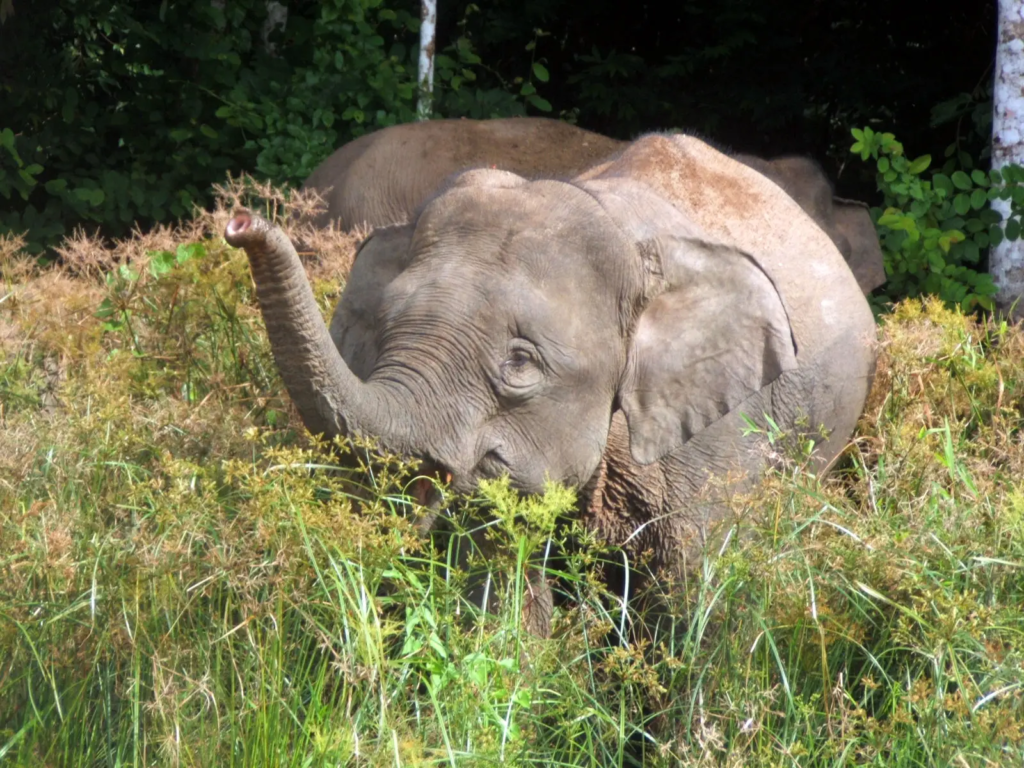
Animalia
The Bornean pygmy elephant, a smaller subspecies of the Asian elephant, is critically endangered due to habitat loss, poaching, and the destruction of their rainforests in Borneo. With fewer than 1,500 individuals left in the wild, these gentle creatures are facing a grim future. As their forest home is cleared for palm oil plantations and logging, the elephants are forced into closer proximity with human populations, leading to conflicts. Despite conservation efforts and the establishment of protected areas, the Bornean pygmy elephant’s survival is threatened by the rapid pace of habitat destruction. This species, unique to Borneo, could soon disappear if immediate measures aren’t taken to protect their habitat and ensure their survival.
14. Kemp’s Ridley Sea Turtle
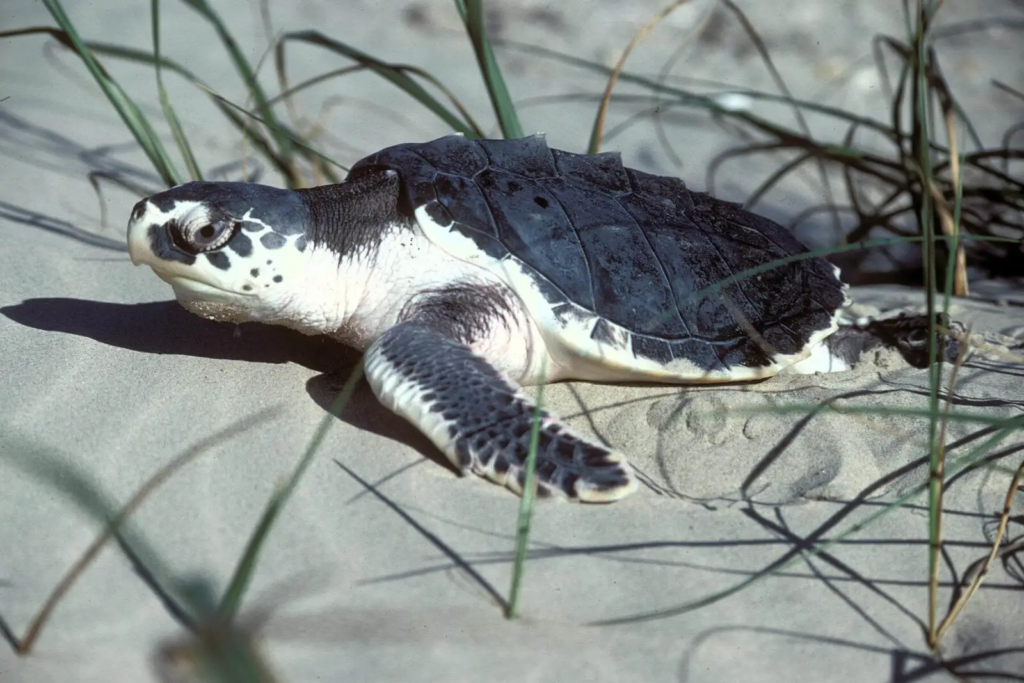
Animalia
Kemp’s Ridley sea turtle is the smallest and one of the most endangered sea turtles in the world. Once abundant in the Gulf of Mexico, their population has plummeted due to poaching, accidental capture in fishing nets, and habitat loss. Despite being protected by law, these turtles still face numerous threats, including climate change and the degradation of nesting beaches. In recent years, the species has shown signs of recovery, but it remains highly vulnerable. Without continued conservation efforts, including protection of nesting sites and regulation of fishing practices, Kemp’s Ridley sea turtles could become extinct in our lifetime, making it one of the many creatures fighting for survival.


